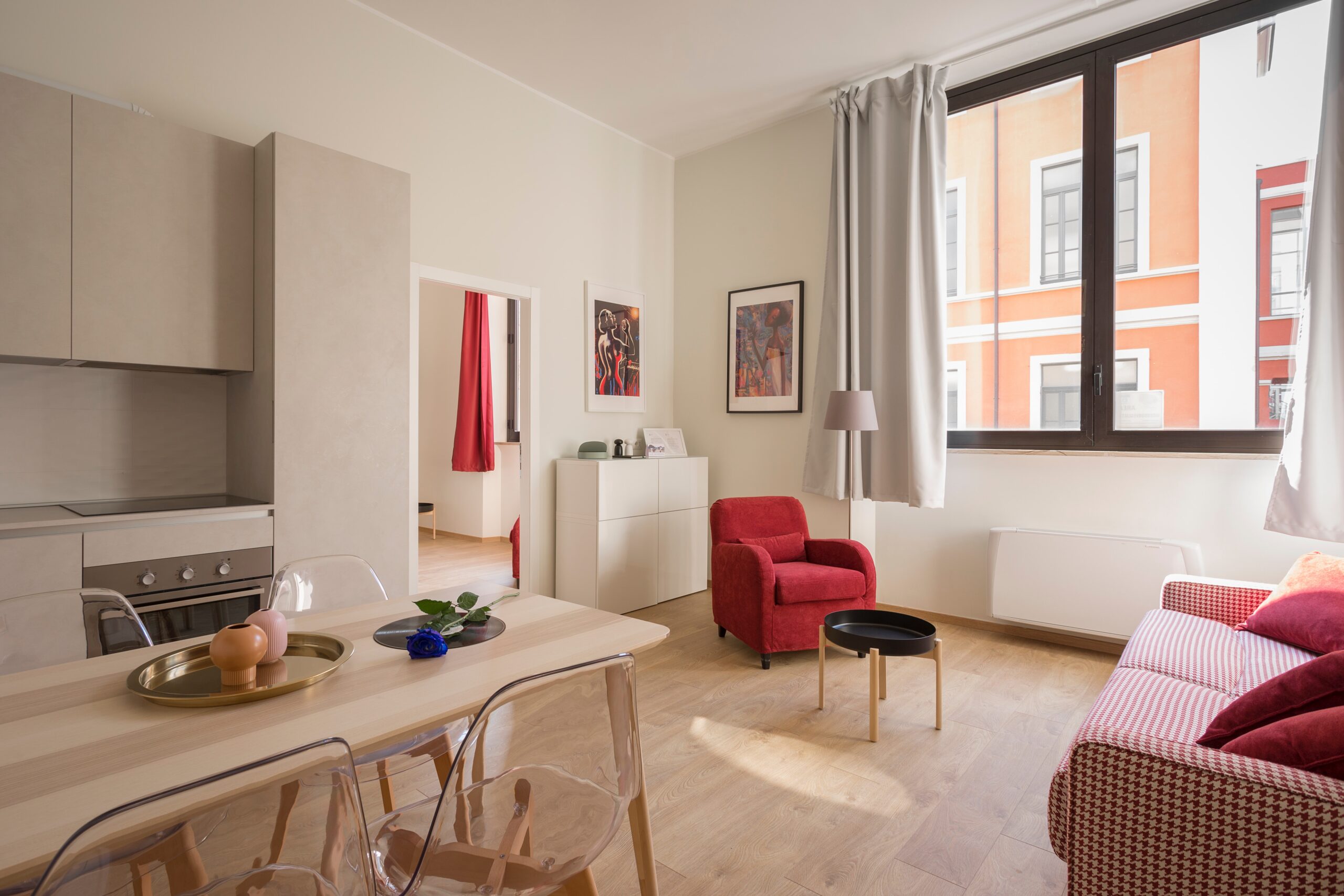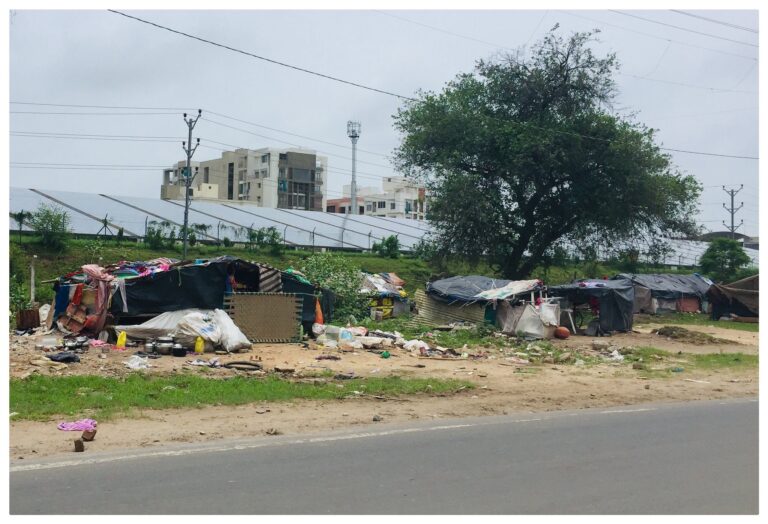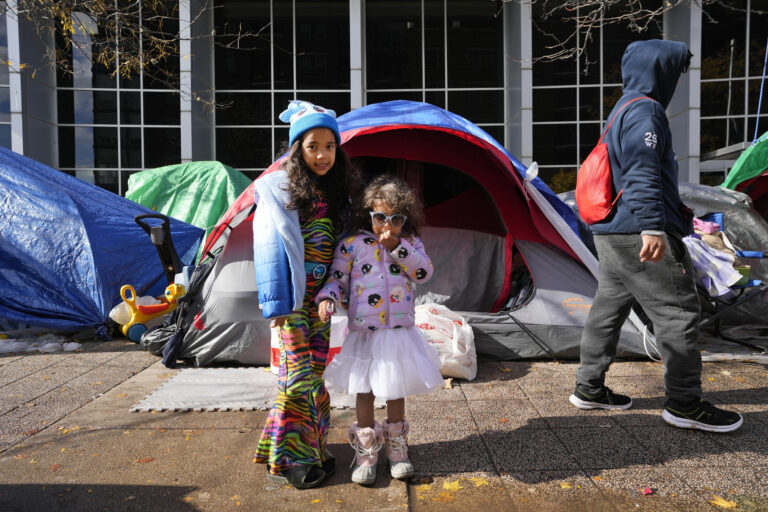Addressing Furniture Poverty: Ensuring Access to Necessities for All
In today’s society, many individuals and families struggle to afford the basic necessities needed for a comfortable and functional home. One particular aspect of this issue is furniture poverty, where people find themselves unable to afford essential items such as beds or appliances for themselves and their children. This blog post aims to shed light on the problem of furniture poverty and explore potential solutions to ensure that everyone has access to the furniture they need.
Understanding Furniture Poverty
Furniture poverty refers to the inability to afford essential furniture items that are necessary for daily living. This can include items such as beds, sofas, tables, chairs, and appliances. Without these basic pieces of furniture, individuals and families may struggle to sleep comfortably, prepare meals, or create a suitable environment for their children to study and play.
Unfortunately, furniture poverty is a widespread issue that affects many vulnerable populations, including low-income families, individuals experiencing homelessness, and those transitioning from temporary housing. It can have a profound impact on their overall well-being and quality of life.
The Consequences of Furniture Poverty
The consequences of furniture poverty extend beyond the lack of physical comfort. Living without essential furniture can have negative effects on mental health, sleep quality, and overall happiness. Children may struggle to concentrate on their studies without a proper desk, and families may face challenges in maintaining a sense of normalcy and stability without a functional living space.
Furthermore, furniture poverty can perpetuate cycles of poverty and social inequality. Without access to basic furniture, individuals may find it difficult to secure stable employment or housing, hindering their ability to break free from the cycle of poverty.
Promoting Access to Essential Furniture
Addressing furniture poverty requires a multi-faceted approach involving various stakeholders, including government agencies, non-profit organizations, and the community. Here are some potential solutions that can help promote access to essential furniture:
1. Furniture Banks and Donation Programs
Furniture banks and donation programs play a crucial role in collecting and redistributing gently used furniture to those in need. These organizations work with donors to collect furniture items and ensure they are given to individuals and families who require them the most. By supporting and donating to these initiatives, individuals can help bridge the gap between those who have excess furniture and those who are in need.
2. Affordable Furniture Options
Increasing the availability of affordable furniture options can make a significant difference in addressing furniture poverty. This can be achieved through partnerships between furniture manufacturers, retailers, and non-profit organizations. By offering discounted or subsidized furniture to low-income individuals and families, we can ensure that they have access to the essential items they need at an affordable cost.
3. Government Support and Policies
Government agencies can play a crucial role in addressing furniture poverty by implementing supportive policies and programs. This can include providing financial assistance or subsidies for furniture purchases, creating incentives for furniture manufacturers to produce affordable options, and collaborating with non-profit organizations to ensure efficient distribution of furniture to those in need.
4. Community Initiatives
Communities can also come together to address furniture poverty through local initiatives. This can involve organizing furniture drives, fundraising events, or community partnerships with furniture stores to provide discounted or free furniture to those in need. By fostering a sense of collective responsibility, communities can make a significant impact in improving the lives of individuals and families affected by furniture poverty.
Conclusion
Furniture poverty is a pressing issue that affects the well-being and quality of life of many individuals and families. By understanding the consequences of furniture poverty and implementing solutions that promote access to essential furniture, we can work towards a more equitable society where everyone has the necessary resources to create a comfortable and functional home. Through collaborative efforts between government agencies, non-profit organizations, and communities, we can make a positive impact and ensure that no one is left without the furniture they need.




